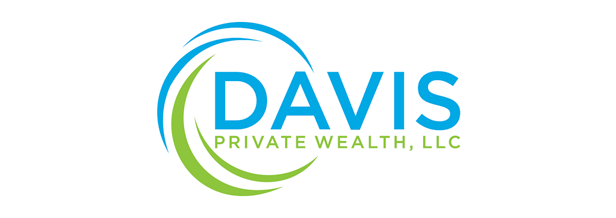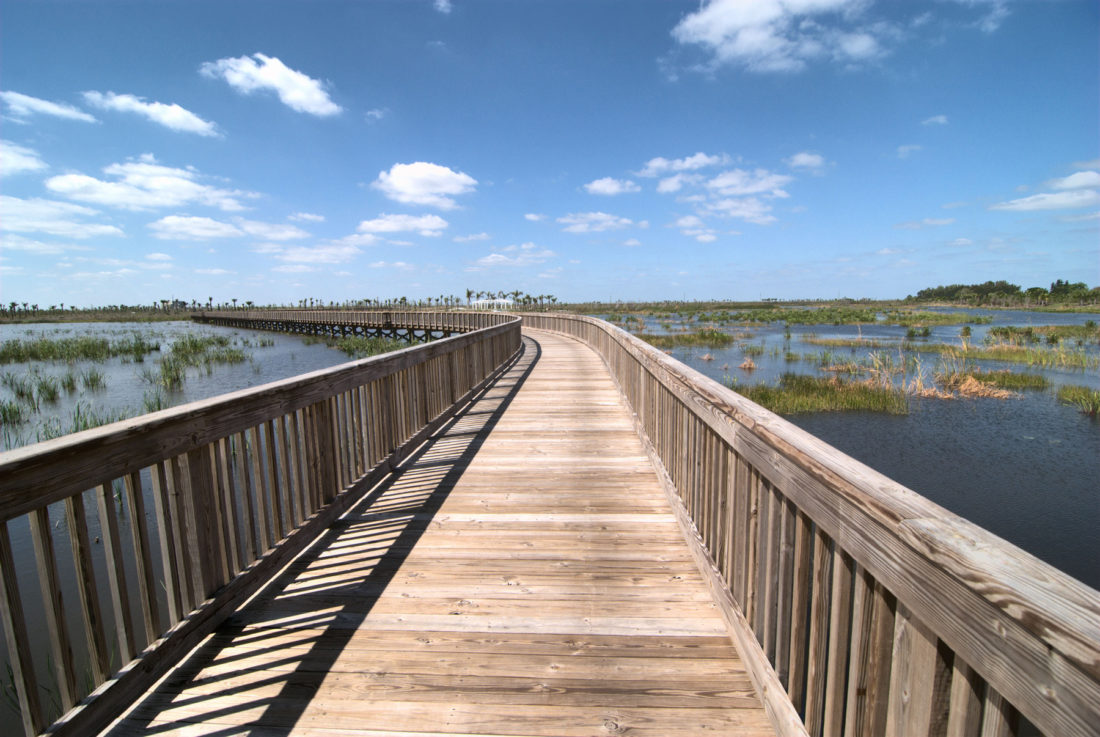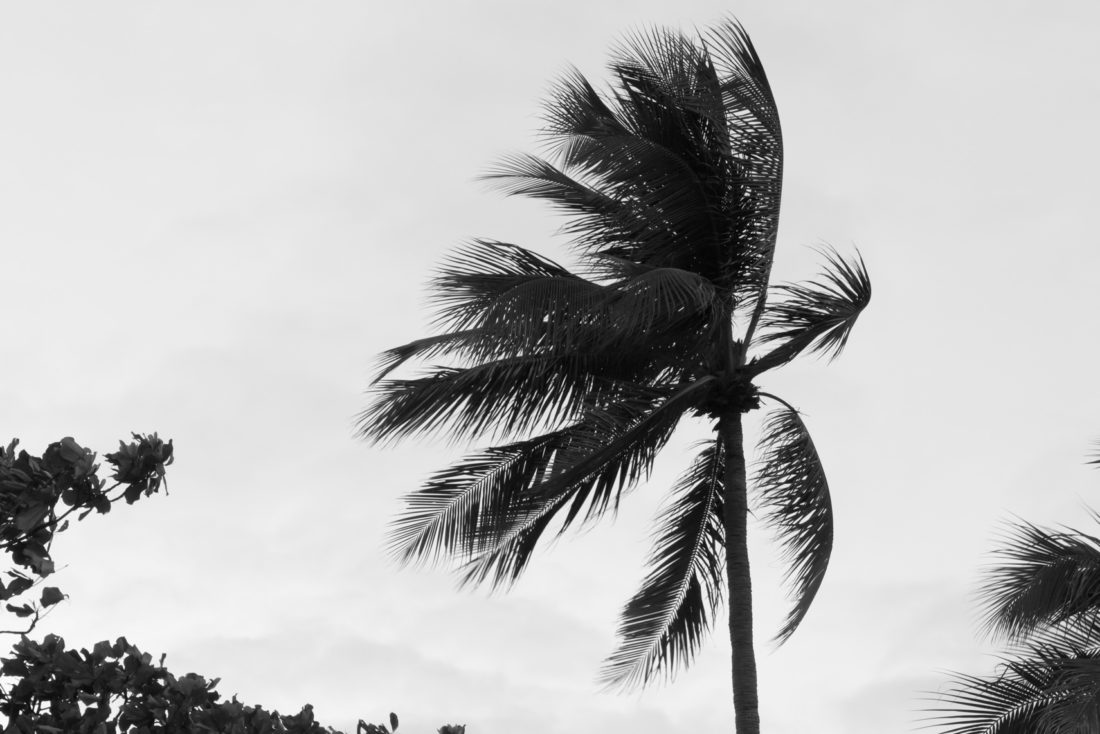Wellington History – A Wealth Management firm in Wellington Florida
Wellington was once all swampland. Things got started in the 1950s when Charles Oliver Wellington, a successful accountant from Massachusetts who graduated from Harvard acquired 18,000 acres of swampland. Mr. Wellington named the land south of Southern Boulevard, and west of 441 “Flying Cow Ranch.” C.O.W. were his initials, and “flying” as he was an aviator. There was even once a landing strip for Wellington’s planes at Flying Cow Ranch Road.
Soon after, legislation was passed by the State of Florida to create the Acme Drainage District. This was designed, in 1953, to provide drainage and flooding measures to make the land more accessible for farming. This would later transform into the Acme Improvement District, adding parks and recreation to its duties.
In the 1960’s parts of Flying Cow Ranch were sold or leased to farmers. 2,000 acres soon became devoted to strawberry patches, even claimed to be the world’s largest strawberry patch. In 1953, there was recorded to be only 100 people residing in Wellington. However, it soon became one of the quickest growing areas in Florida, expanding residential areas, as well as service industries.
Major construction began when 7,200 acres of land were sold from the ranch to the Investment Corporation of Florida (ICOF) in 1972. Another developing company, Alcoa Florida joined ICOF to develop a golf course, the 150 acres Lake Wellington, and the Wellington Club. Next, Gould Florida bought out the project and added the Palm Beach Polo and Country Club, as the chairman of Gould Inc., William Yilvisaker was an active polo player. These developments would have lasting impressions on the culture of Wellington, as it is widely known that Wellington is an international hot spot for Equestrian sports.
Officially, the Village of Wellington was created on December 31st, 1995, and act inspired by a group of zealous Wellington residents that was necessary in order to qualify for state funds. Today, the Village is home to nearly 50,000 residents, offering a unique identity as a home for equestrian, golf, polo, aviation, and more. Wellington offers a friendly charm, full of beautiful neighborhoods, and boasts 11 A-rated Palm Beach County schools. The Village of Wellington’s history is far from complete, as it continues to steadily grow today.
Our firm, Davis Private Wealth, is happy to be located in such a great community as Wellington. We pride ourselves in being one of the premier Wealth Management firms in the Wellington area and all of South Florida. Located right on 441 we are in a great central location with easy access from the turnpike.



